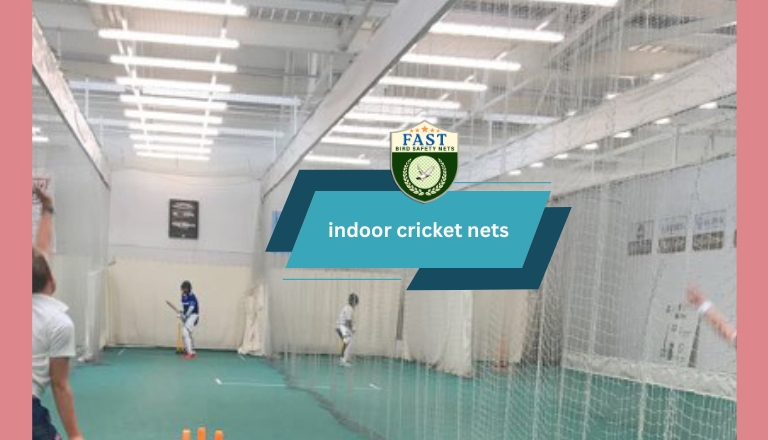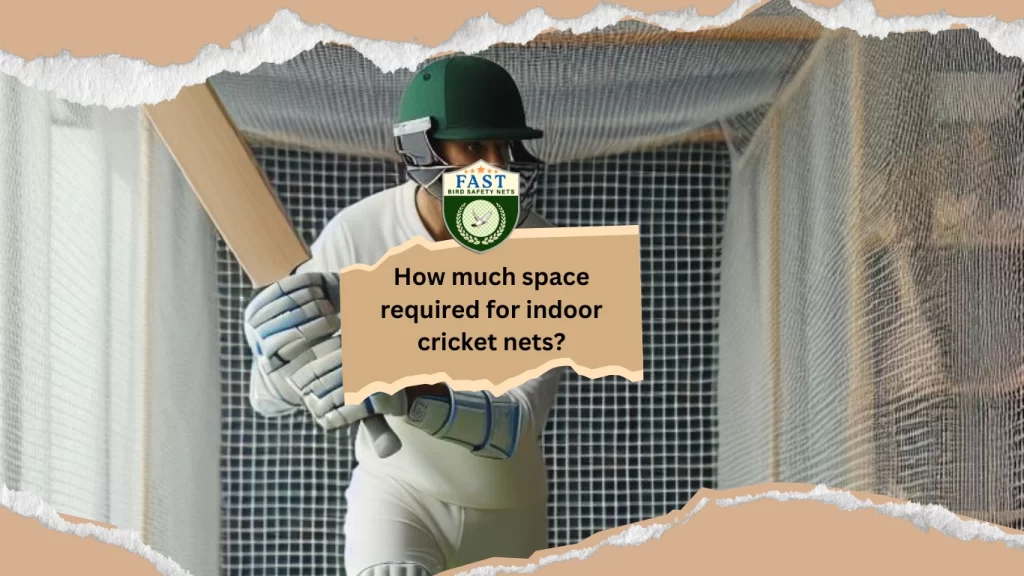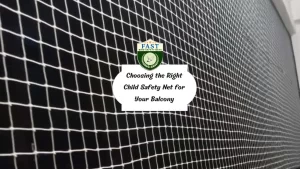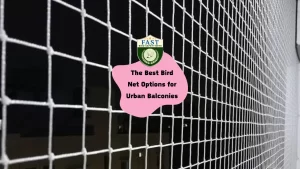Indoor cricket nets provide a convenient and controlled environment for cricket enthusiasts to practice their skills regardless of weather conditions. Whether it’s for professional training or recreational purposes, setting up indoor cricket nets requires careful consideration of space requirements to ensure optimal playing conditions. This article explores the factors influencing the space needed for indoor cricket nets, offering insights into design considerations, layout options, and best practices for maximizing available space.
Understanding Indoor Cricket Nets:
Indoor cricket nets are enclosed spaces equipped with netting systems to facilitate cricket practice and training indoors. These nets allow players to hone their batting, bowling, and fielding skills in a controlled environment, free from external elements such as wind, rain, or sunlight. Whether located in dedicated cricket facilities, sports complexes, or multipurpose venues, indoor cricket nets offer versatility and convenience for players of all skill levels.
Factors Influencing Space Requirements:
Several factors influence the space needed for indoor cricket nets, including:
Net Dimensions: The dimensions of the netting system directly impact the space required. Standard indoor cricket nets typically measure around 3 meters (10 feet) in height, 3 meters (10 feet) in width, and extend to varying lengths based on available space and facility layout.
Safety Clearance: Adequate safety clearance around the netting area is essential to prevent collisions and ensure player safety. A minimum clearance of 1 to 2 meters (3 to 6 feet) between the net and surrounding walls, pillars, or other obstructions is recommended.
Pitch Length: The length of the indoor cricket pitch within the netted area depends on the intended use and available space. Standard cricket pitch lengths range from 18.12 meters (59 feet 6 inches) to 22.12 meters (72 feet 6 inches), accommodating both batting and bowling practice.
Facility Layout: The layout of the indoor facility, including the placement of support pillars, structural elements, and other amenities, affects the available space for cricket nets. Efficient utilization of space is essential to maximize the number of nets and accommodate multiple practice sessions simultaneously.

Best Practices for Maximizing Space Efficiency:
To optimize space utilization and enhance the functionality of indoor cricket facilities, consider the following best practices:
Multi-Use Layout: Design indoor facilities with a multi-use layout that accommodates various sports and activities beyond cricket. Flexible partitioning systems or movable walls allow for seamless transitions between different configurations, maximizing the facility’s versatility and revenue-generating potential.
Strategic Placement: Position cricket nets for indoor strategically within the facility to minimize wasted space and facilitate smooth traffic flow. Avoid placing nets in high-traffic areas or obstructing access to other amenities, ensuring efficient use of available space.
Utilization of Vertical Space: Capitalize on vertical space by installing multi-tiered netting systems or suspended practice cages. This approach maximizes the netted area without occupying valuable floor space, enabling the creation of additional practice lanes or training zones.
Case Studies:
Multipurpose Sports Complex: A newly constructed multipurpose sports complex integrated retractable netting systems into its design to accommodate various sports, including cricket, soccer, and volleyball. The versatile layout allowed the facility to host multiple events simultaneously, maximizing space efficiency and revenue potential.
Community Recreation Center: A community recreation center renovated its indoor cricket facility to incorporate modular netting systems and impact absorption padding along the perimeter. The redesigned layout increased the number of available practice lanes and enhanced safety for players of all ages and skill levels.
Conclusion:
Optimizing space for cricket nets involves careful planning, design considerations, and implementation of best practices to ensure functional, safe, and efficient facilities. By understanding the factors influencing space requirements, incorporating innovative design solutions, and maximizing space efficiency, indoor cricket facilities can provide players with optimal conditions for practice, training, and competition year-round. Whether in dedicated cricket venues or multipurpose sports complexes, well-designed indoor cricket nets play a vital role in promoting the sport’s growth and accessibility within local communities.






